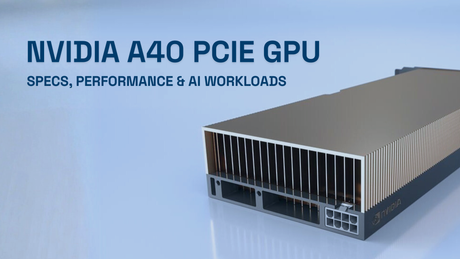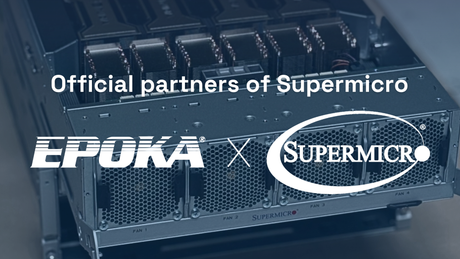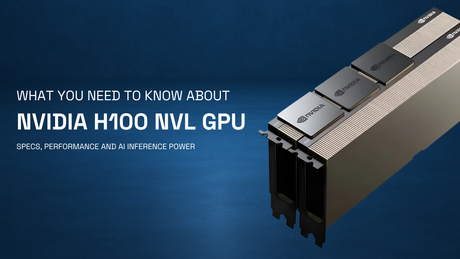The NVIDIA H100 NVL GPU is a next-generation accelerator designed to handle the most demanding AI inference and large language model (LLM) workloads. Built on the advanced Hopper architecture, it combines two GPUs connected by NVLink for extreme bandwidth and performance. With 188GB HBM3 memory and record-breaking Tensor Core throughput, the H100 NVL is built to power modern datacenters, generative AI applications, and enterprise AI deployments.
NVIDIA H100 NVL Specifications
- Interface: PCIe Gen5 x16 with three NVLink 4 bridges
- Memory: 94GB HBM3 per GPU (188GB total)
- Memory Bandwidth: 3.9TB/s per GPU (7.8TB/s combined)
- Power Consumption: 350-400W per GPU (700–800W total)
- Cooling: Dual-slot passive design for dense server racks
- Compute Performance: Up to 3,341 TFLOPS (FP8 Tensor Core) and 835 TFLOPS (TF32 with sparsity)
- MIG Technology: Up to 7 GPU instances per GPU for flexible scaling
- Architecture: NVIDIA Hopper with advanced Tensor Core acceleration
Optimized for AI and Generative Workloads
The NVIDIA H100 NVL GPU is purpose-built for the most demanding AI and generative workloads. It delivers up to twelve times faster inference than the A100, making it a powerful choice for large language models such as GPT-3 and LLaMA-2. With exceptional throughput and low latency, it enables advanced generative AI use cases including chatbots, real-time text generation, and other applications where responsiveness is critical. Equipped with 188GB of HBM3 memory, the H100 NVL can handle large datasets and complex analytics, while seamless integration with NVIDIA AI Enterprise ensures smooth deployment in enterprise environments.
Deployment Considerations
Integrating the H100 NVL into a datacenter requires careful planning. The dual-GPU card consumes between 700 and 800 watts, so server infrastructure must provide sufficient power capacity and maintain steady airflow to support passive cooling. For best results, PCIe Gen5 systems should be used to unlock maximum bandwidth, although PCIe Gen4 compatibility ensures flexibility across setups. To fully leverage the card’s capabilities, enterprises should utilize NVIDIA’s software stack - including CUDA, cuDNN, TensorRT, and MIG technology - to optimize performance across diverse workloads and scale efficiently.
Conclusion
The NVIDIA H100 NVL PCIe GPU sets a new benchmark for AI inference performance, combining NVLink bandwidth, HBM3 memory, and Hopper Tensor Core architecture into a single dual-GPU powerhouse. Whether for generative AI, large language models, or enterprise datacenter workloads, the H100 NVL delivers unmatched efficiency and scalability.
Get Expert Guidance on NVIDIA H100 NVL
Our experts are ready to help you explore how the NVIDIA H100 NVL GPU can support your AI and datacenter projects. Get tailored guidance and insights on implementing the right solution for your business by contacting an expert here.
Looking for more from NVIDIA? Explore our selection here.
FAQ: NVIDIA H100 NVL
What is the NVIDIA H100 NVL GPU used for?
It is designed for AI inference, generative AI, and large language model deployments in enterprise datacenters.
How much memory does the H100 NVL have?
Each GPU comes with 94GB of HBM3 memory, for a total of 188GB across the dual-GPU card.
How fast is the NVIDIA H100 NVL compared to the A100?
It delivers up to 12× faster inference performance on large language models compared to the A100.
Does the H100 NVL support MIG technology?
Yes, it supports up to 7 GPU instances per GPU, allowing resource partitioning for multiple workloads.
What are the power requirements for the H100 NVL?
The card consumes between 700–800W for both GPUs combined, so sufficient server power and cooling are required.








